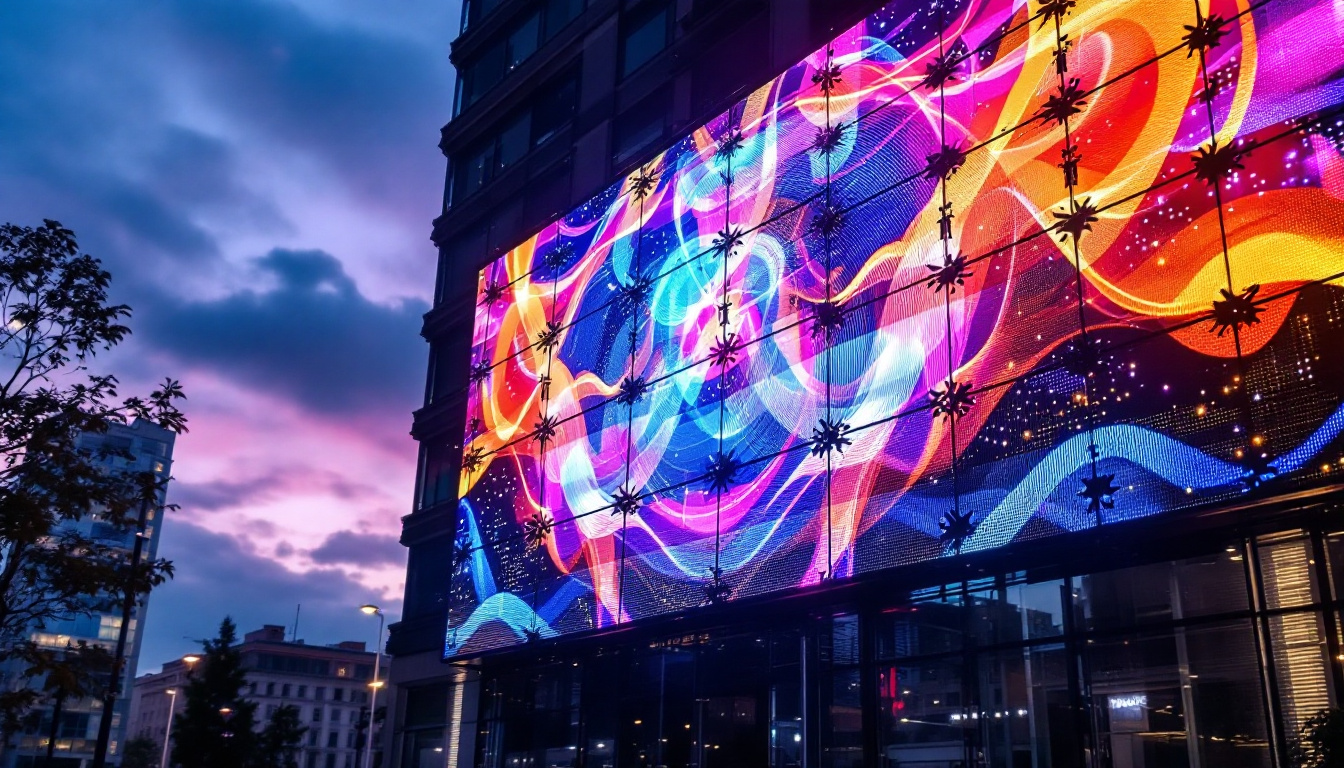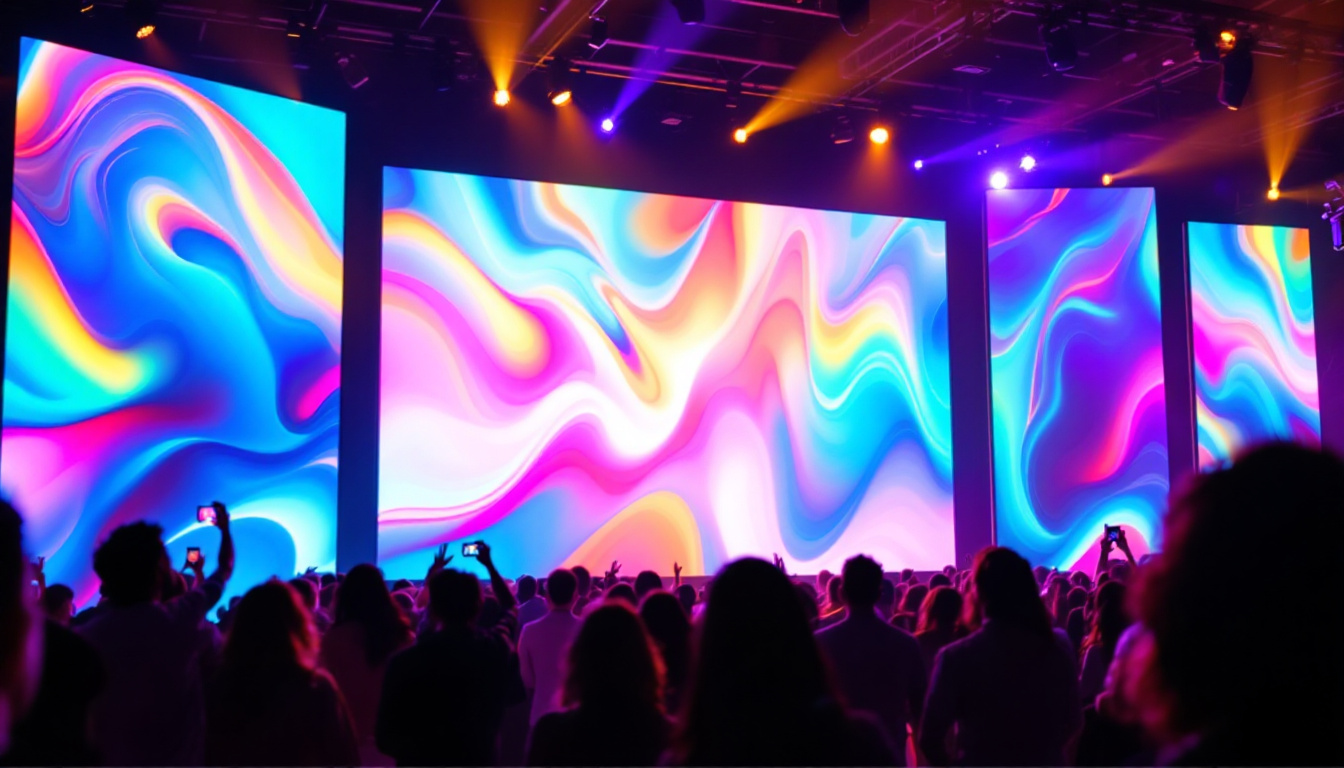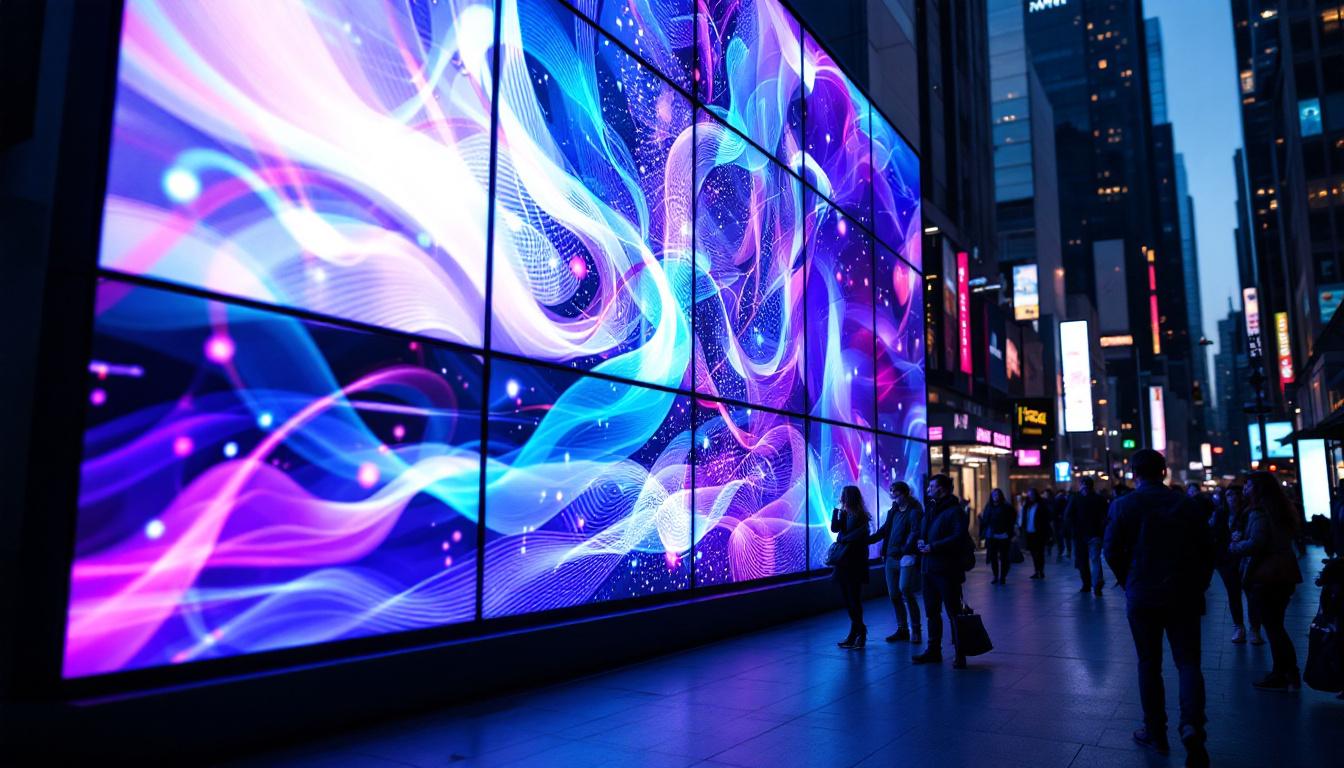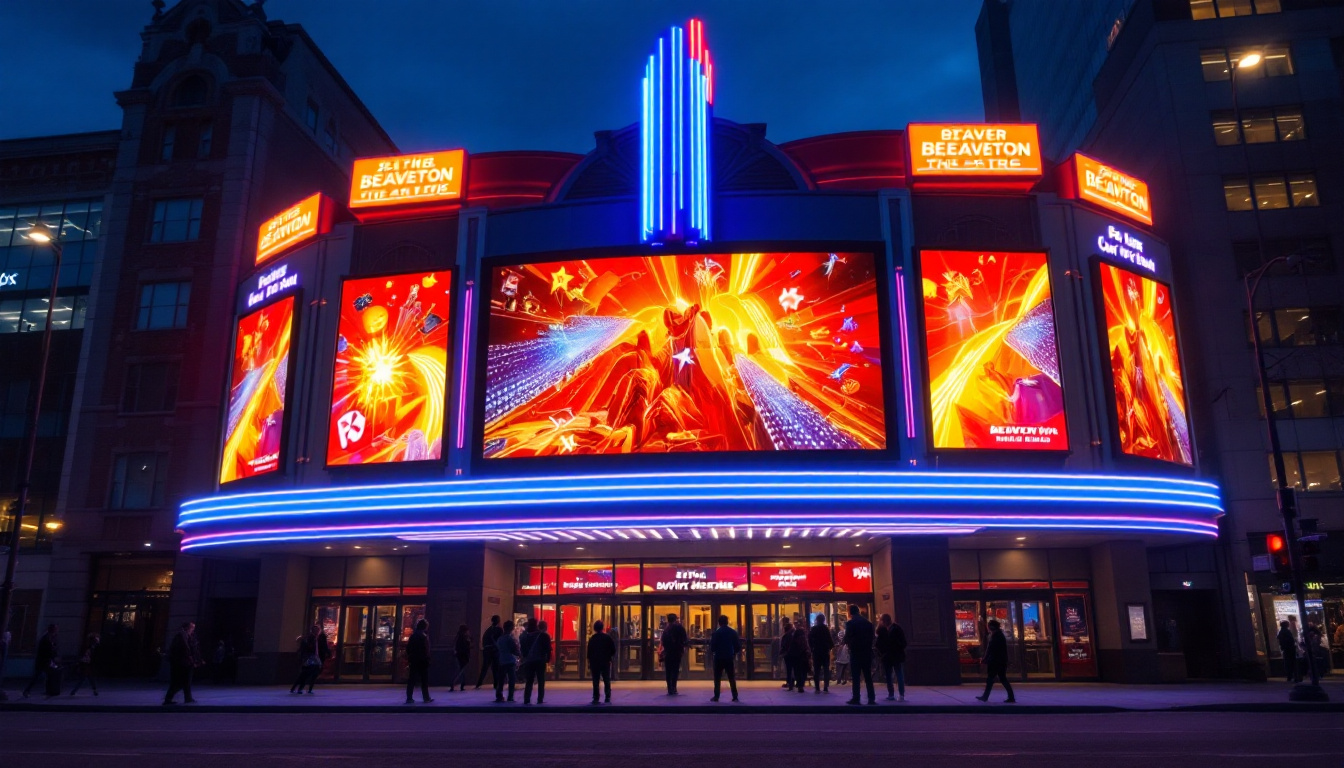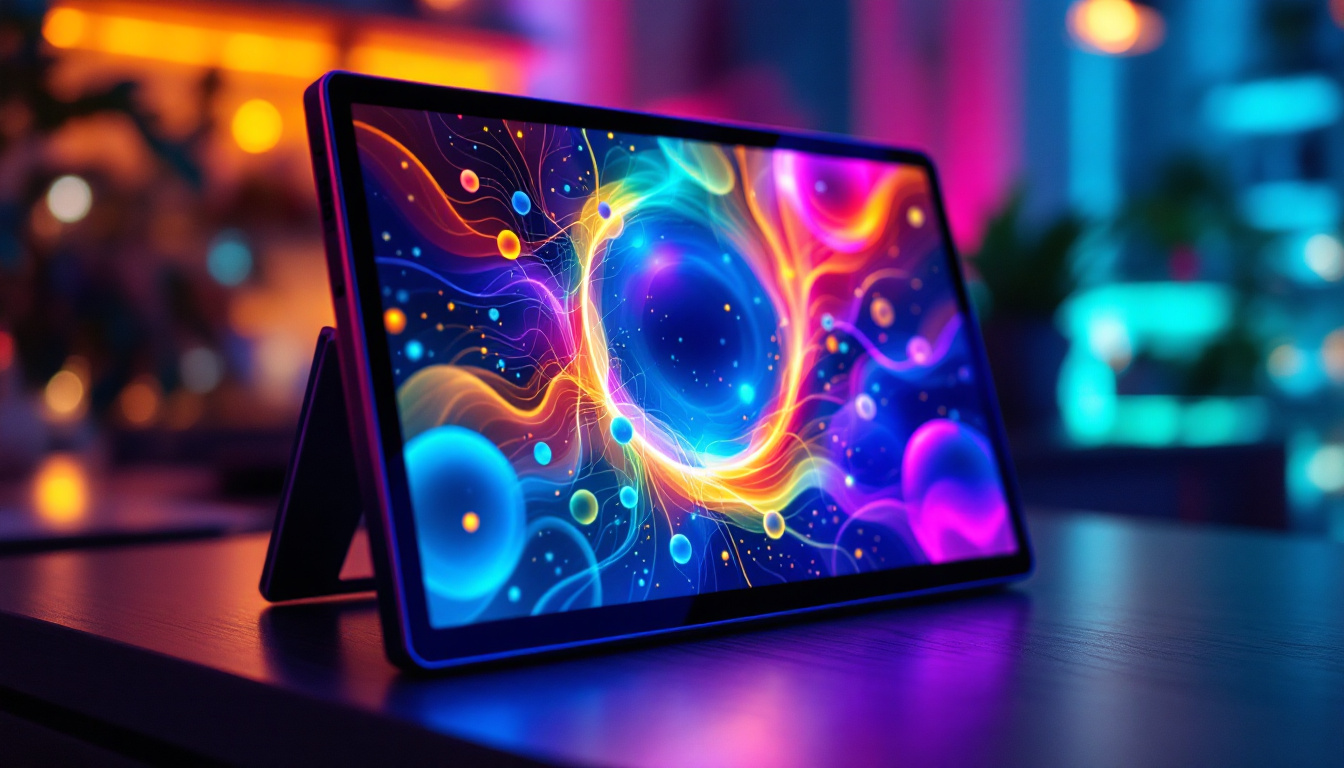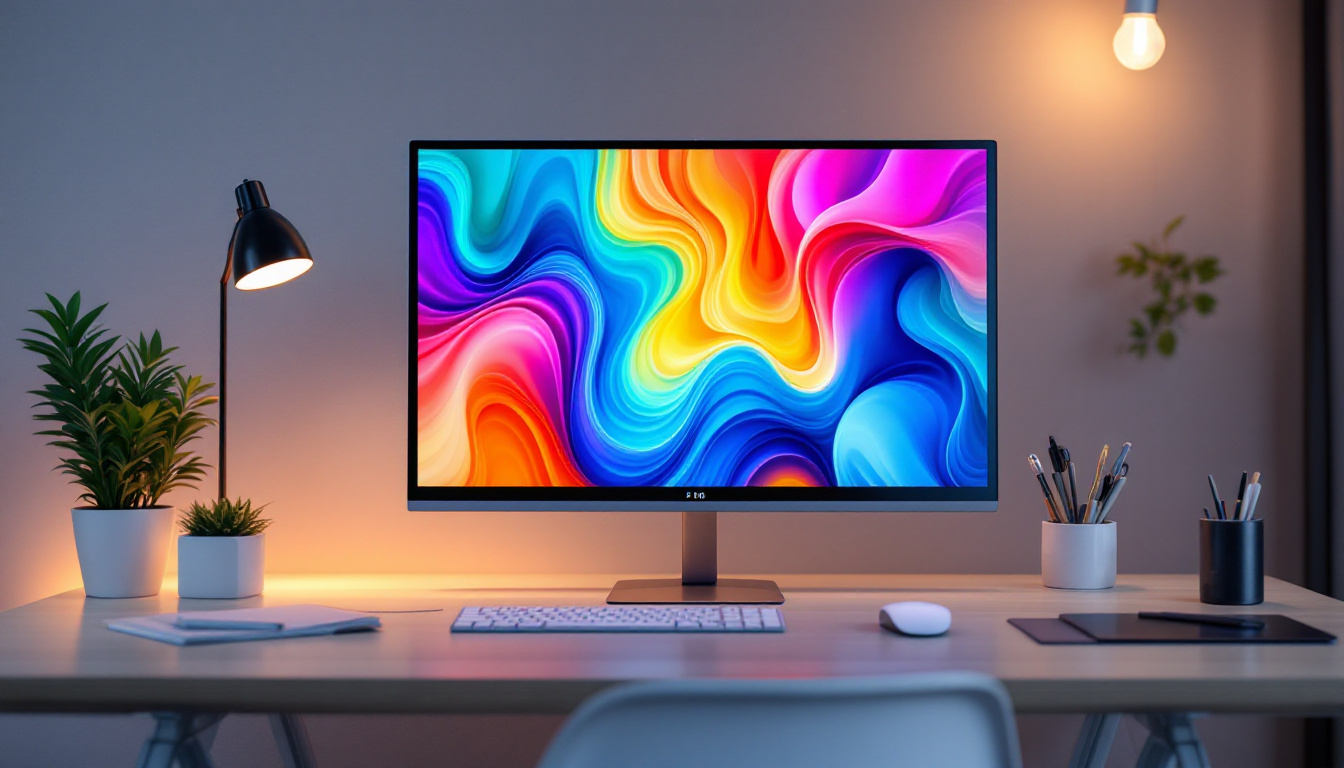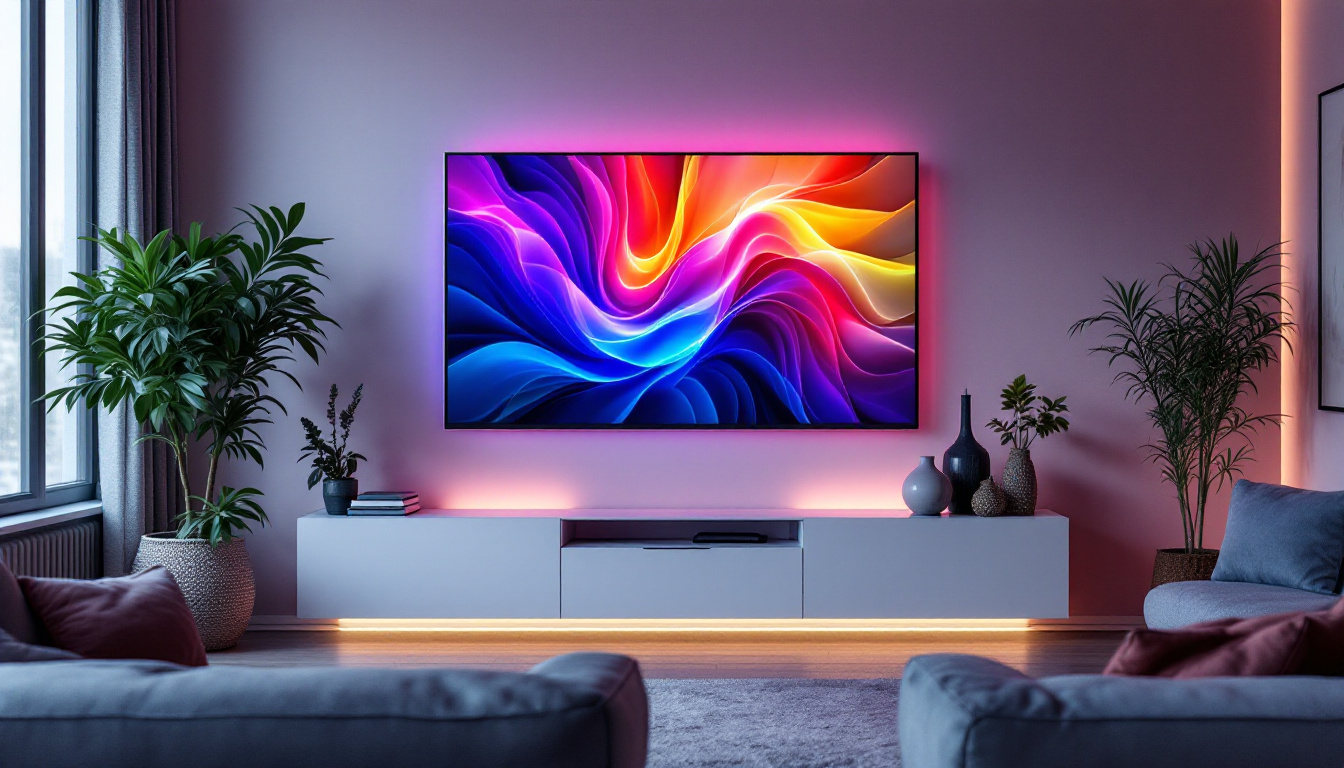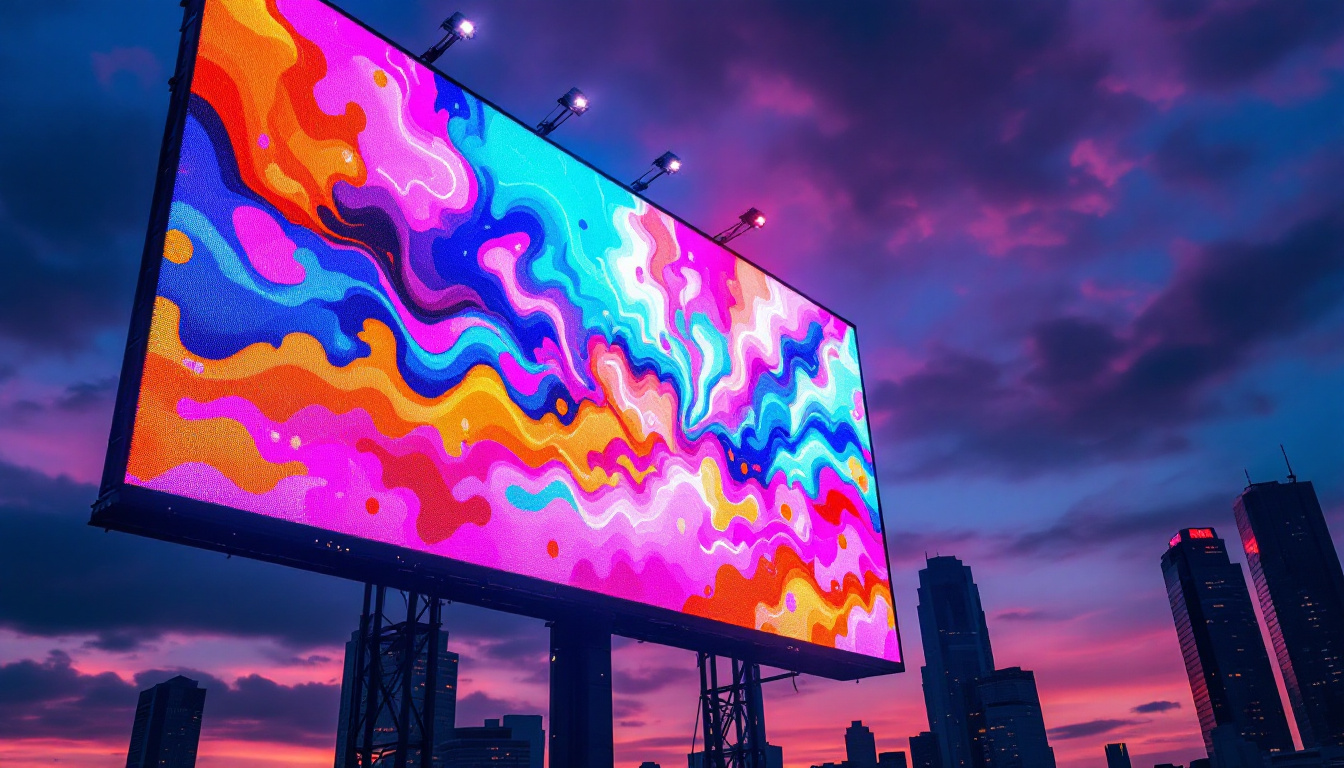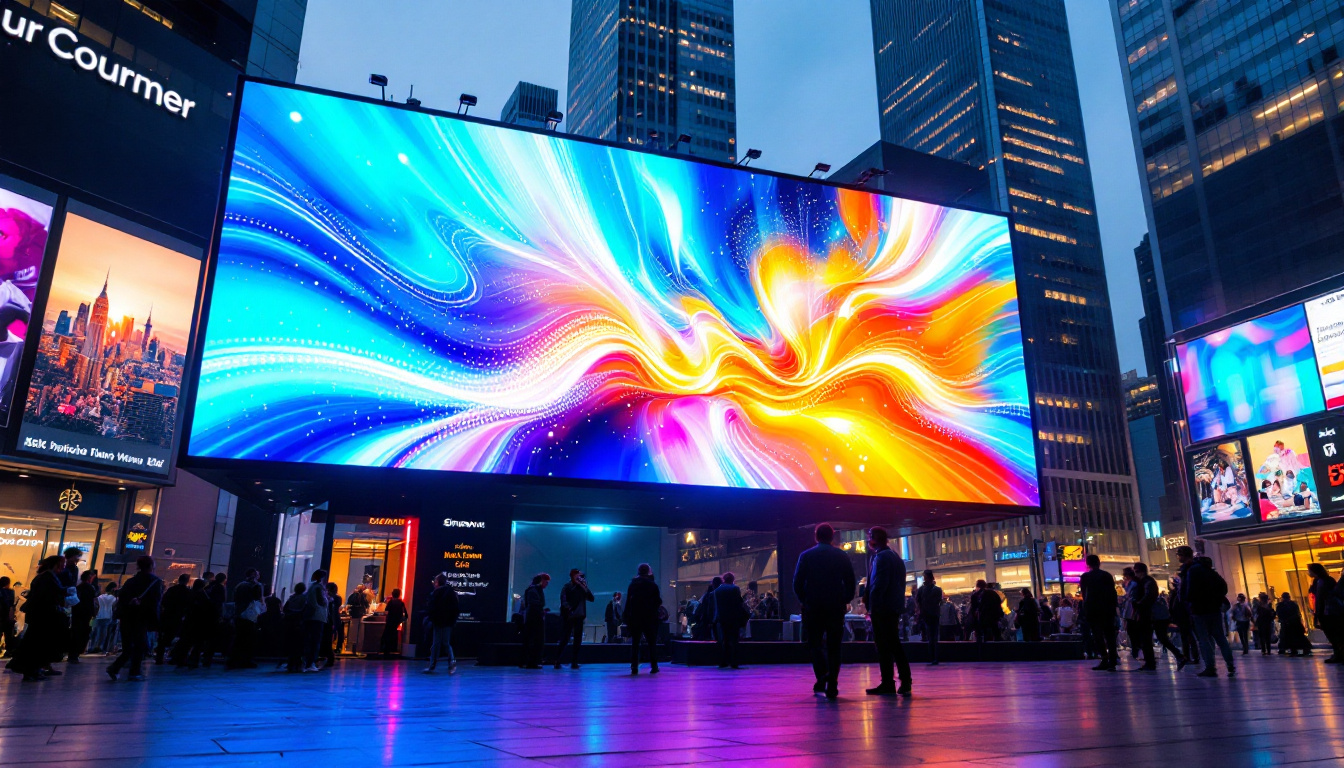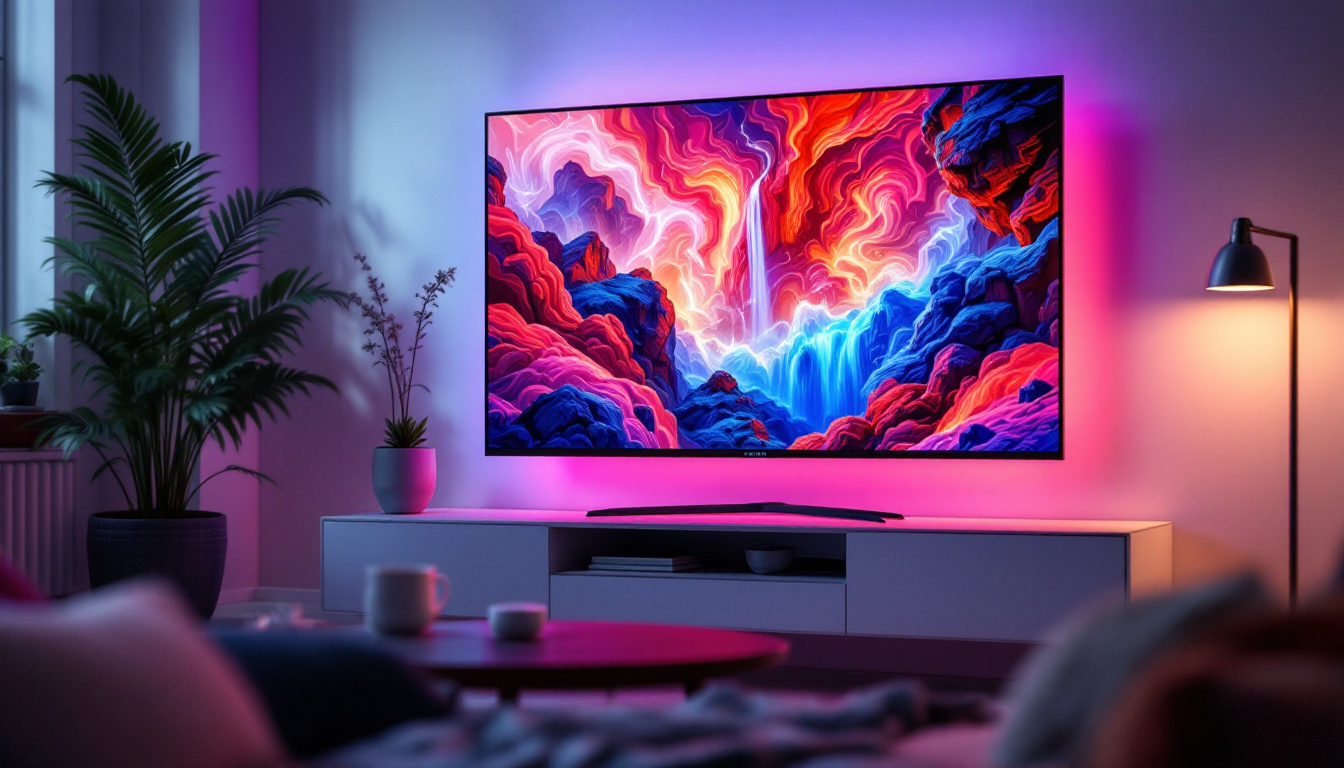In the world of technology, particularly in the realm of displays, understanding measurements can be crucial for both consumers and professionals. The metric system, widely used across the globe, often leads to confusion when compared to the imperial system, especially in the context of LED displays. This article aims to clarify the conversion of meters to inches, specifically focusing on the question: how many inches are in one meter? Additionally, it will delve into the significance of these measurements in LED display technology.
Understanding the Basics of Measurement
The Metric System
The metric system is a decimal-based system of measurement that is used in most countries around the world. It includes units such as meters for length, liters for volume, and grams for weight. One of the key advantages of the metric system is its simplicity; it is based on powers of ten, making conversions straightforward. This uniformity allows for easier calculations and a more intuitive understanding of measurement, which is particularly beneficial in educational settings and scientific research.
In the metric system, the meter is the base unit of length. It is defined as the distance light travels in a vacuum in 1/299,792,458 seconds. This precise definition underscores the importance of the meter as a fundamental unit in scientific and engineering applications. Furthermore, the metric system has been adopted internationally, facilitating trade, travel, and communication across borders. The widespread use of the metric system in scientific literature and research ensures that findings are accessible and understandable to a global audience, thus promoting collaboration and innovation in various fields.
The Imperial System
In contrast, the imperial system, which is primarily used in the United States, employs units such as inches, feet, and miles. One of the challenges with the imperial system is that it does not follow a consistent decimal structure, making conversions less intuitive. For example, there are 12 inches in a foot and 3 feet in a yard, which can lead to confusion when calculating measurements. This complexity can be particularly problematic in fields such as construction and engineering, where precise measurements are crucial for safety and accuracy.
Despite its complexity, the imperial system remains prevalent in certain industries and everyday life in the U.S. For instance, many Americans are accustomed to measuring height in feet and inches or distances in miles, which can create a cultural attachment to these units. Additionally, the imperial system is often used in culinary contexts, where recipes may call for cups, tablespoons, or ounces, making it essential for home cooks to understand these measurements. Understanding both systems is essential for effective communication and collaboration in a globalized world, as it allows individuals to navigate different contexts and engage with diverse audiences.
Conversion: Meters to Inches
How Many Inches Are in a Meter?
To address the core question of this article, one meter is equivalent to approximately 39.37 inches. This conversion is derived from the relationship between the two systems, where one inch is equal to 0.0254 meters. Therefore, to convert meters to inches, one can multiply the number of meters by 39.37.
This conversion is particularly relevant in various fields, including construction, manufacturing, and technology. For instance, when designing an LED display, understanding the dimensions in both metric and imperial units can help ensure that the final product meets the required specifications. The precision in measurements is crucial, as even a small error can lead to significant discrepancies in the final output, impacting both functionality and aesthetics.
Practical Applications of Conversion
In practice, converting meters to inches is often necessary for professionals who work with international clients or products. For example, an architect designing a building may need to present plans in both metric and imperial units to accommodate different stakeholders. Similarly, manufacturers of LED displays must consider both measurement systems to cater to a global market. This duality in measurement not only facilitates collaboration but also enhances the clarity of communication among diverse teams, ensuring that everyone is on the same page.
Moreover, consumers purchasing LED displays may encounter specifications listed in meters. Understanding how to convert these measurements to inches can help them make informed decisions about the size and suitability of the display for their needs. Additionally, in the realm of online shopping, many product listings may feature dimensions in metric units, further emphasizing the importance of conversion skills. By being able to quickly convert meters to inches, consumers can better visualize the size of the product in relation to their available space, leading to more satisfactory purchases. Furthermore, this knowledge can also assist hobbyists and DIY enthusiasts who often rely on precise measurements for their projects, ensuring that their creations turn out as intended.
The Role of Inches in LED Display Technology
Understanding LED Display Sizes
LED displays come in various sizes, often measured diagonally in inches. This measurement is crucial for determining the display’s physical dimensions and how it will fit into a given space. For instance, a 55-inch LED display has a diagonal measurement of 55 inches, which translates to approximately 1.4 meters.
When selecting an LED display, consumers and businesses must consider the viewing distance, the intended use, and the environment in which the display will be installed. Larger displays may be suitable for public spaces, while smaller displays might be ideal for personal use or smaller venues. Additionally, the aspect ratio of the display, which can vary between standard (16:9) and ultra-wide formats (21:9), can also influence the overall viewing experience. A wider aspect ratio can enhance the cinematic feel for movies or gaming, while a standard ratio may be more appropriate for traditional television viewing and presentations.
Pixel Density and Resolution
Another critical aspect of LED displays is pixel density, often measured in pixels per inch (PPI). Higher pixel density results in sharper images and better overall display quality. Understanding the relationship between size (in inches) and resolution is vital for ensuring that the display meets the desired visual standards.
For example, a 55-inch display with a 4K resolution will have a higher pixel density than a standard HD display of the same size. This distinction is essential for applications such as digital signage, where clarity and detail are paramount. Furthermore, advancements in technology have led to the development of displays with even higher resolutions, such as 8K, which can provide an astonishing level of detail. This increase in resolution not only enhances the viewing experience but also allows for larger screens to maintain image quality without visible pixelation, making them ideal for immersive environments like museums and exhibitions.
Factors Influencing LED Display Choices
Usage Scenarios
The intended use of an LED display significantly influences the choice of size and specifications. Displays used for advertising in retail environments may require larger sizes to attract attention from a distance, while displays for conference rooms may be smaller and optimized for close viewing.
In addition, the environment plays a crucial role in determining the appropriate display size. Outdoor displays, for instance, may need to be larger and brighter to be visible in daylight, while indoor displays can be smaller and less intense. Furthermore, the content being displayed is also a key consideration; high-resolution images or videos may necessitate a larger screen to maintain clarity and detail, especially in settings where viewers are likely to be further away, such as stadiums or public squares. Conversely, for applications like digital signage in a retail store, the focus might be more on dynamic content that can be easily absorbed in a quick glance, which could allow for smaller display sizes without sacrificing effectiveness.
Installation Considerations
Installation is another critical factor when selecting an LED display. The available space, mounting options, and viewing angles must all be taken into account. For example, a display intended for wall mounting may have different size constraints compared to a freestanding unit.
Additionally, the height at which the display will be installed can affect the optimal size. A display mounted high on a wall may need to be larger to ensure visibility from below, while a display at eye level may not require as large a size. It’s also important to consider the surrounding architecture and design elements; a sleek, modern display might blend seamlessly into a contemporary office environment, while a more robust and rugged design could be better suited for industrial settings. Moreover, the integration of the display with existing technology, such as sound systems or interactive kiosks, can further dictate the choice of size and placement, ensuring that all components work harmoniously to enhance the overall user experience.
Conclusion
In summary, understanding the conversion from meters to inches is essential for anyone involved in the selection, design, or installation of LED displays. One meter is approximately 39.37 inches, a conversion that has practical applications across various industries. As LED technology continues to evolve, being informed about measurements and specifications will empower consumers and professionals alike to make better choices.
Whether it’s for personal use, commercial applications, or large-scale installations, recognizing the significance of measurement in the context of LED displays can lead to enhanced experiences and improved outcomes. As technology advances, staying informed about these fundamental concepts will remain crucial in navigating the ever-changing landscape of display technology.
Discover the Perfect LED Display with LumenMatrix
Ready to transform your space with a vivid and precise LED display? LumenMatrix offers a wide array of innovative LED display solutions tailored to your needs. From captivating Indoor LED Wall Displays to dynamic Outdoor LED Wall Displays, and from mobile Vehicle LED Displays to interactive Floor LED Displays, our products are designed to make your message shine. Experience the future of visual communication with our Custom LED Displays, All-in-One LED Displays, and LED Transparent Displays. Elevate your brand visibility and create unforgettable visual experiences with LumenMatrix. Check out LumenMatrix LED Display Solutions today and see the difference for yourself!



